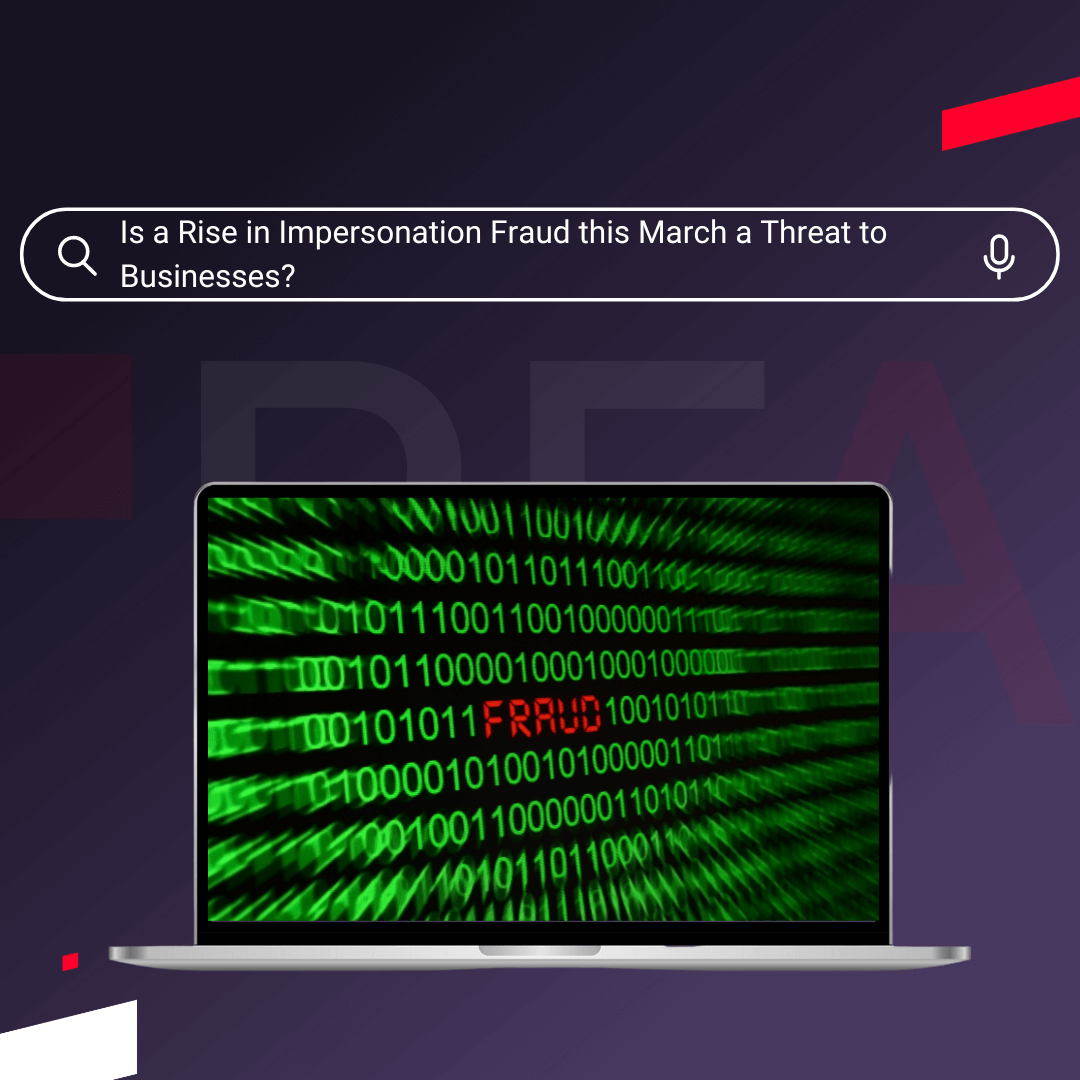There were 30,199 insolvencies in 2023 and this year is expected to see a higher number, potentially significantly higher. With companies failing at such velocity and in such numbers it is little surprise that business distress is no longer confined to only small companies.
More large businesses are showing signs of financial distress than ever before and we have already seen a number of high-profile collapses, such as Wilko, Rekom UK, and Buckingham Group.
This trend of increasing distress in the UK’s big businesses is a worrying one. Any insolvency is seen to have a ripple effect of failure, as its creditors struggle to absorb the bad debt created by their debtor's collapse. Inevitably a number of these creditors will be unable to do so, will then fail themselves and the cycle continues anew. Unsurprisingly, large companies have a larger number of creditors than SMEs, which results in a much larger and wider-reaching ripple effect of insolvency. Added to this is the fact that creditors often view these companies as more creditworthy by virtue of their size and reputation, which often means that they are comfortable extending higher amounts of credit.
To better understand the state of distress in the UK’s high turnover companies, we looked at the companies in the UK showing signs of a critical level of distress that turnover £20 million or more.
What do we mean by critical distress?
Critical business distress is when a company is at immediate risk of insolvency and is showing signs of poor performance, dwindling reserves, and difficulty paying its debts.
To make a company’s financial health easy to understand, Red Flag Alert uses both a 0-100 credit score and our unique company health ratings. These put the risks associated to any given business in simple terms and mean you do not need to be a specialist credit & risk professional to understand our business reports.
In our system, critically distressed companies will have either a two-red flag or a three-red flag rating.
Two Red Flag companies have a high chance of failure and are among the weakest 20% of all UK companies. They fail most aspects of our scorecard and are showing signs of not being able to meet their debts. They represent a critical risk and there is likely recent and/or significant legal notices against them. Whilst there is a chance they may be able to improve their financial position it is not advised to extend credit to them.
Three Red Flag companies are among the weakest 1% of all UK companies. They fail nearly every, if not all, aspects of our scorecard and are showing strong signs of not being able to meet their debts. There will likely be evidence of recent and/or significant legal notices and will have a deteriorating financial position with sub-optimal gearing and liquidity. They may also have recent county court judgments of materially significant value and are overall at a very high risk of going insolvent. No credit should be extended to them.
How many high turnover critically distressed companies are there and what do they look like?
There are currently 643 high-turnover companies in critical distress.
Of these 46% (296) have two red flags and 54% (347) have three red flags.
The average age of these companies is 20 years and the average employee count is 794 people.
The average creditor days of these companies is 32 days. This means that on average they pay their bills 32 days late on average.
Somewhat surprisingly they have shown strong turnover growth between 2017 – 2021, with their combined turnover going from £17 billion to £74 billion, giving them an average turnover of £114,551,083 in 2021.
However, turnover on its own is not an indicator of financial performance and the grim reality of these companies’ financial straits is better shown by the 335 CCJs they have received.
.png?width=943&height=472&name=20%20mil%201%20%20(1).png)
Where are these companies from?
The vast majority of these companies are based in London, with only one of the top 5 areas of high turnover distressed businesses being outside of London.
Top 5 areas of distressed businesses
· City of London – 222
· Westminister – 126
· Camden – 113
· Tower Hamlets – 45
· Leeds – 31
So does this mean that London is performing worse than the rest of the country? The answer to this is not necessarily. London is one of the premier business cities in the world, let alone England, and attracts a disproportionate number of businesses, especially large businesses. It should also be taken into account that over 10% of the UK population resides in London, which again skews statistics towards London.
As it is expected, and true, that London contains more high turnover businesses than anywhere else in the country, it stands to reason that it also contains the most in distress.
.png?width=943&height=493&name=20%20mil%20image%202%20%20(1).png)
A heat map of high turnover distressed businesses.
What sectors are they from?
Whilst many sectors are represented in this group there is a clear skew towards professional services, administrative services, and office support businesses. The top five sectors with a high turnover of critically distressed companies are:
· Wholesale and retail trade, repair of motor vehicles and motorcycles – 111
· Financial and insurance activities – 96
· Professional, scientific, and technical activities – 95
· Administrative and support service activities – 78
· Manufacturing – 74
What is interesting about this is that the construction sector only has the 7th highest number of high turnover, critically distressed businesses. This is surprising as construction is the sector currently struggling the most and suffering the highest number of insolvencies. In 2023, 17% of all insolvencies came from the construction sector.
For these five industries, these findings suggest that 2024 is going to be a difficult year. Retail is suffering from the effects of the cost of living crisis and experienced a disappointing Christmas period, a period of the year that can be make or break for annual results. Whilst professional, administrative, and office services are feeling the effects of high rates of insolvencies and businesses slashing budgets and outsourcing spend.
Manufacturing has a glimmer of hope in the form of large investment pots announced in the Autumn Statement 2023 but is still vulnerable to the many macroeconomic challenges present in the economy, especially energy costs.
.png?width=943&height=527&name=20%20mil%20image%203%20%20(1).png)
A diagram of high turnover critical distress companies by sector.
Power your business with Red Flag Alert data
Red Flag Alert is your perfect business data provider. We are the industry leaders in identifying the early signs of business failure and growth and have over 20 years of experience in providing our customers with accurate and actionable data.
Our platform includes:
· Cutting edge customizable monitoring tool that allows you to create individual monitoring lists, select which alerts to receive within each, and share them between your organization.
· Real time data feeds and alerts
· Understand your suppliers financial position with detailed business reports on all UK businesses
· Easy to understand business health ratings
· Find your perfect suppliers with our B2B Prospector Tool; featuring over 100 filters to choose from, including growth score




